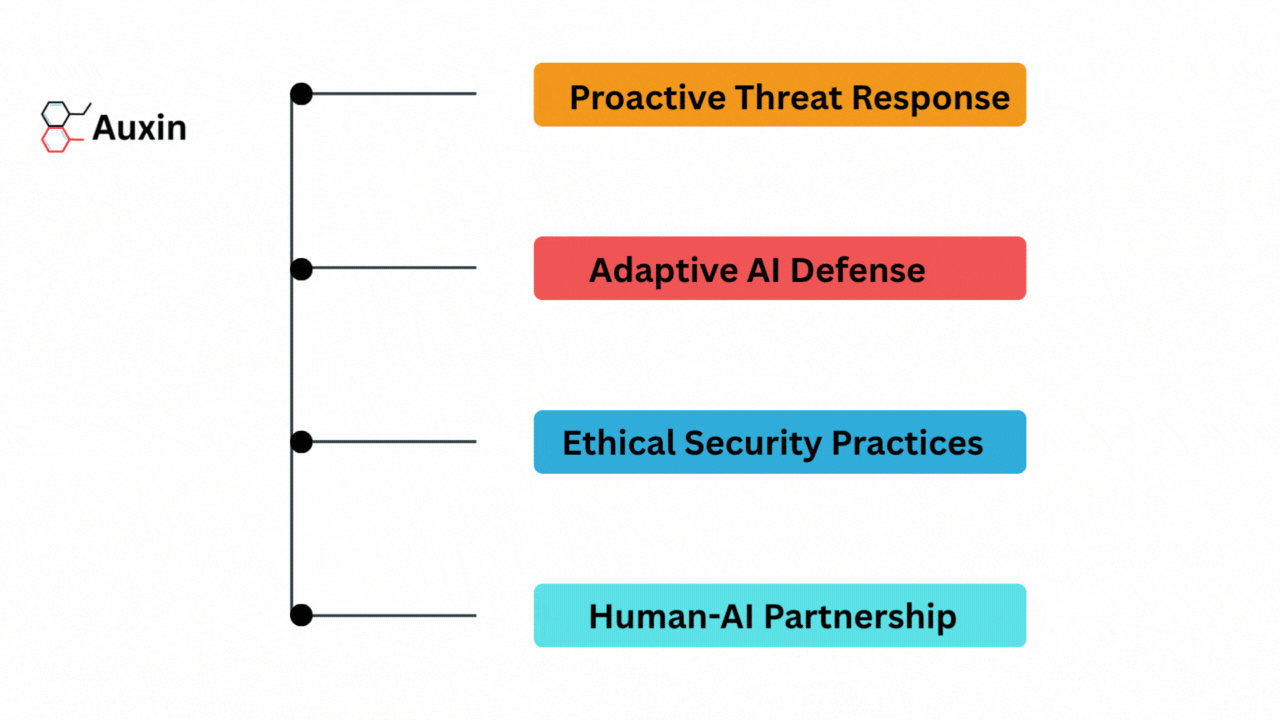AI for Fraud: Decoding Algorithms to Safeguard Transactions
In the complex connection between financial transactions and deception, fraud has become an ever-evolving adversary, demanding sophisticated defenses. Enter Artificial Intelligence (AI), the guard of the digital realm. It’s imperative to recognize the seismic shift AI has brought to the forefront of fraud detection. Algorithms, once confined to the pages of computer science textbooks, are now the heroes in our battle against financial fraud. As fraudulent activities become more sophisticated, the need for robust detection mechanisms has never been more crucial. Our blog will unveil the facts, strategies, and real-world applications of AI for fraud detection, offering a robust defense against the evolving tactics of cybercriminals.
AI for Fraud Detection
Understanding AI for fraud detection involves grasping how machines can learn and adapt, mimicking the human ability to recognize patterns and anomalies in vast data sets. Unlike traditional rule-based systems, AI algorithms delve into the depths of data, discerning subtle deviations that might signify fraudulent activities. Picture it as a vigilant digital guardian, continuously learning and evolving to outsmart increasingly sophisticated fraud tactics. The beauty of AI lies in its adaptability; it can swiftly adjust to new fraud patterns, providing a proactive defense against the ever-evolving landscape of financial threats.
AI’s Key Contributions to Fraud Prevention
One of AI’s primary strengths is its ability to analyze immense datasets with unprecedented speed and accuracy. Machine learning algorithms, a subset of AI, can discern intricate patterns within transaction data that might indicate fraudulent behavior. Unlike traditional methods, AI adapts in real time, continuously learning from new data to enhance its predictive capabilities. This active approach allows organizations to stay ahead of emerging fraud trends.
Moreover, AI-powered models excel in anomaly detection, identifying deviations from standard transaction patterns. By establishing a baseline of typical behavior, these models can quickly flag unusual activities, signaling potential fraud. This level of sophistication minimizes false positives, ensuring that genuine transactions aren’t mistakenly marked as fraudulent.
Additionally, AI leverages advanced behavioral analytics to create user profiles based on transaction history, online behavior, and other contextual data. This nuanced understanding enables systems to spot deviations indicating account takeover or identity theft.
Real-world Applications
AI’s real-world applications manifest across various industries, offering tangible solutions to combat evolving threats. In finance, AI-powered algorithms scrutinize transactional data in real-time, swiftly identifying unusual patterns indicative of fraudulent activities. For e-commerce, AI analyzes user behavior, pinpointing anomalies that may signify fraudulent transactions. In healthcare, AI assists in detecting insurance fraud by scrutinizing claims data for inconsistencies. The telecommunications sector benefits from AI’s capability to flag unusual call patterns that could suggest subscription fraud. These examples underscore AI’s versatility, demonstrating its efficacy in tailoring fraud detection strategies to the specific nuances of diverse domains.

Challenges and Future Ahead
While AI significantly enhances fraud detection, challenges persist. One challenge involves continuously evolving fraudulent tactics, demanding adaptive AI models. Additionally, the interpretability of complex AI algorithms remains a hurdle, delaying the understanding of decision-making processes. Despite these challenges, the future of AI for fraud detection holds promise.
Advancements in explainable AI for fraud detection aim to address interpretability concerns, fostering trust and regulatory compliance. Further integration of AI with blockchain technology could enhance the security of fraud detection systems, ensuring the integrity and immutability of data. Collaborative efforts within the cybersecurity community are vital to staying ahead of emerging threats. As we navigate these challenges, the future envisions a more resilient and sophisticated AI for fraud detection landscape, contributing to a safer digital environment.
Wrapping Up
In this era of relentless digital transformation, AI emerges as a tool and a guard in our ongoing battle against fraud. We’re not merely adopting technology but forging a shield against unseen threats. The challenges we face, from algorithmic opacity to the ever-evolving nature of fraud, are the vessels that refine our defense. Embracing these challenges propels us into a future where AI for fraud anticipates, adapts, and evolves alongside it. As we stand at this intersection of technology and trust, the narrative isn’t just about preventing fraud but shaping a secure digital frontier where AI is the beacon guiding us toward a fraud-free future. For more insightful blogs, visit auxin.io







